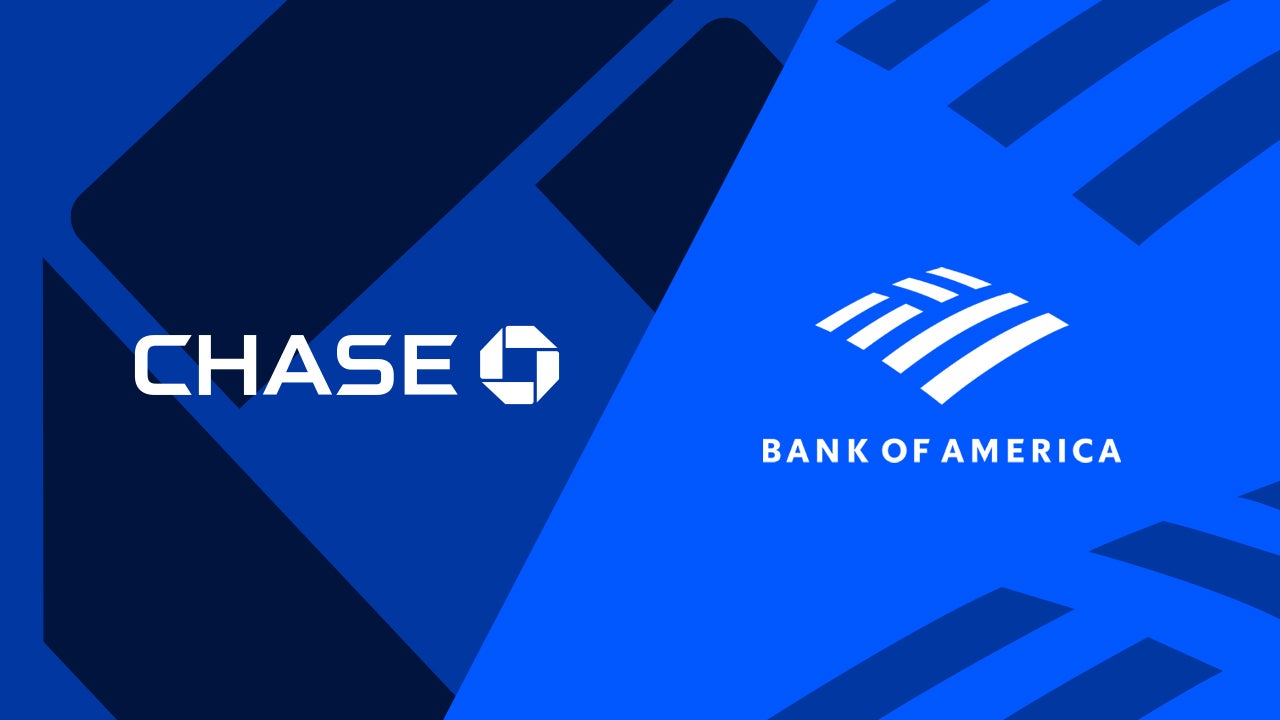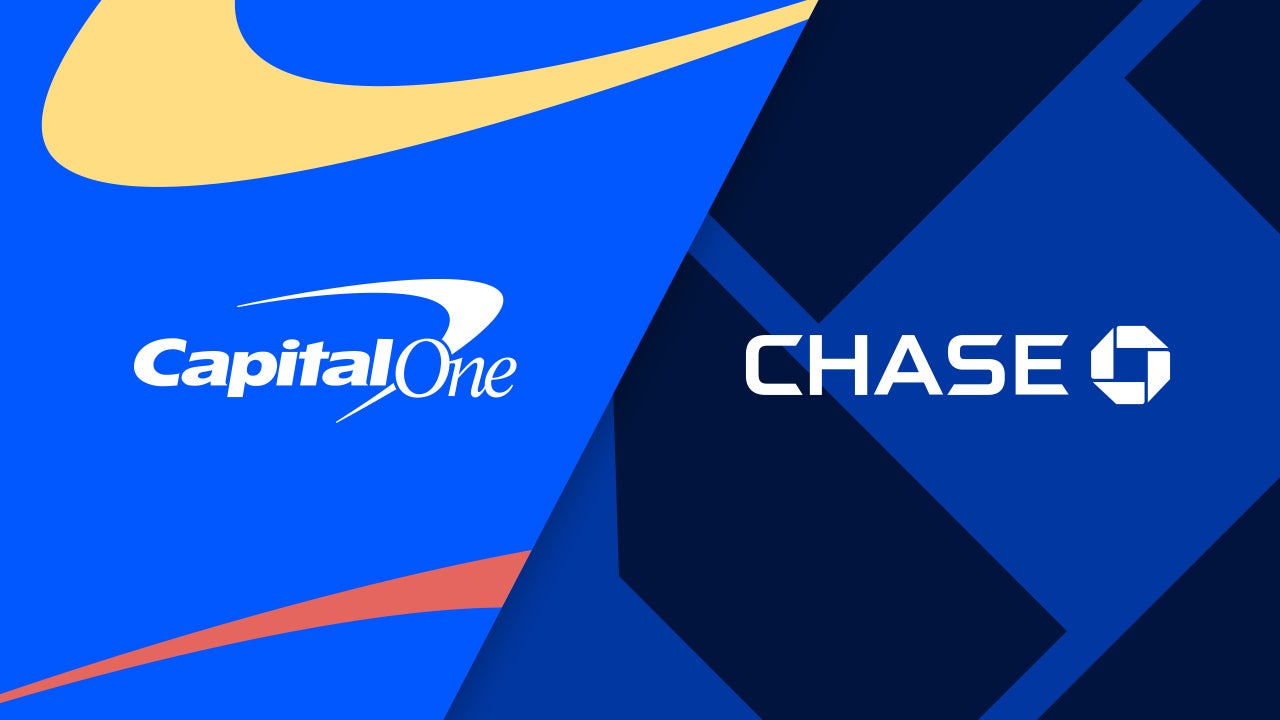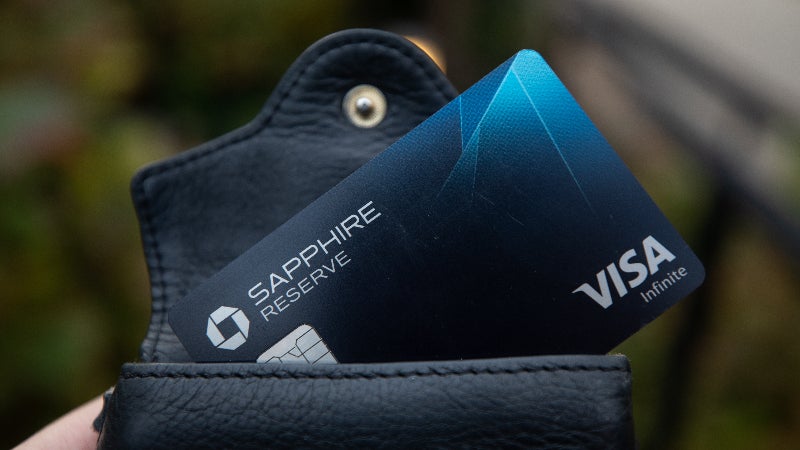Chase Slate vs. Chase Freedom Flex

Key takeaways
- The Chase Slate Edge℠ can help you pay off credit card debt, with a no-interest purchase and balance transfer option for 18 months. After the introductory period ends, an 18.49% - 28.49% Variable APR applies.
- The Chase Freedom Flex®* card also comes with a purchase and balance transfer option; this one features no interest for 15 months before the 18.49% – 27.99% Variable APR kicks in. Its primary feature, however, is the ability to earn rewards, including 5% cash back on activated bonus category purchases each quarter up to $1,500, then 1%.
- Determining which card is right for you depends on whether you prioritize a long interest-free intro offer or a shorter intro offer but with ongoing rewards.
The Slate Edge®* and Chase Freedom Flex®* are designed for cardholders with different goals. Taking a look at your priorities for the card will help you choose.
The Slate Edge card makes sense if you’re paying off debt and want to save on interest with a balance transfer and a long, 0% intro APR. On the other hand, the Freedom Flex card is a popular, no-annual-fee cash back rewards card that also offers a 0% intro APR, albeit for a shorter time frame.
Learn how the cards stack up and which might be right for you.
Card features
| Feature | Chase Slate Edge℠ |
Chase Freedom Flex® |
|---|---|---|
| Annual fee | $0 | $0 |
| Welcome bonus | N/A | Earn a $200 Bonus after you spend $500 on purchases in your first 3 months from account opening |
| Rewards rate | None | 5% cash back on activated bonus category purchases each quarter (up to $1,500 in purchases, then 1%) and Chase Travel℠ purchases; 2% total cash back on Lyft rides (through September 2027); 3% cash back on dining (including restaurants, takeout and eligible delivery services) and drugstore purchases; and 1% cash back on all other purchases. |
| Intro APR | 0% intro APR for the first 18 months on purchases and balance transfers. After the intro APR ends, an 18.99%–28.99% variable APR applies. | 0% intro APR for the first 15 months on purchases and balance transfers. After the intro APR ends, an 18.49%–27.99% variable APR applies. |
| Balance transfer fee | $5 or 3% of balance transfer, whichever is greater, on transfers made within 60 days of account opening. After, $5 or 5% of each balance transfer, whichever is greater. | $5 or 3% of balance transfer, whichever is greater, for the first 60 days. After, $5 or 5% of each balance transfer, whichever is greater. |
Chase Slate Edge vs. Freedom Flex highlights
While the Chase Slate Edge and Freedom Flex each have advantages, they’re geared toward different cardholder needs. Take a look at how these cards compare.
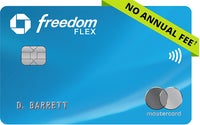
Freedom Flex
-
As one of the top rotating category cash back cards on the market, the Freedom Flex is the easy welcome bonus winner. New cardholders can earn $200 cash back after spending just $500 in the first three months.
The Slate Edge doesn’t offer a welcome bonus. But cardholders will be automatically reviewed for a credit limit increase if they pay on time and spend $500 in the first six months.
Keep in mind that the Freedom Flex accrues that cash back in the form of Chase Ultimate Rewards points. So the welcome bonus can be viewed as either $200 cash back or 20,000 Ultimate Rewards points.

Freedom Flex
Tie
Tie
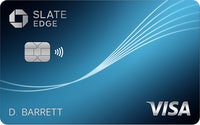
Chase Slate Edge℠
Which card earns the most?
Freedom Flex is the only option that will earn you rewards, but it can depend on how strategic you are with your spending. You’ll have to activate and use your card in the quarterly 5% categories to get maximum value.
That said, earning 3% at restaurants and drugstores can add up as well.
How to maximize earning with the Freedom Flex
Let’s say you max out your spending with the Freedom Flex in the 5% categories each quarter. That spending alone will earn you $300 in cash back a year (or 30,000 Ultimate Rewards points).
Now let’s say you also spend $1,000 a year on travel booked via the Chase Travel portal at the 5% rate — that’s another $50 in cash back.
Lastly, estimate that you spend $6,000 per year at restaurants for another $180 and $1,000 per year at drugstores for $30 at the 3% rate.
All that spending adds up to $560 a year in cash back.
Why should you get the Slate Edge card?
With credit card interest rates currently averaging above 20%, it’s best to tackle credit card debt as quickly as you can. The Slate Edge buys you time — 18 months — to pay off debt without accruing more of that high interest.
Slate Edge cardholders are also eligible for a credit line increase, which could help reduce your credit utilization and boost your credit score.
And Chase will automatically consider you for a 2% APR reduction if you spend $1,000 by your next account anniversary and make timely payments on your balance. The potential to decrease your APR is unique and can save you money if you carry a balance after the intro period.
Why should you get the Freedom Flex card?
The Freedom Flex is a good cash back rewards card for anyone willing to strategize their purchases. However, it truly shines as an addition to a comprehensive Ultimate Rewards strategy.
If you already have a premium Chase card, such as the Sapphire Preferred or Sapphire Reserve, adding the Freedom Flex to the mix will allow you to earn more rewards in quarterly categories and boost your Ultimate Rewards stash.
The bottom line
When choosing between the Chase Slate Edge and Freedom Flex, it depends on your current relationship with credit card debt and reasons for getting a new card.
If you have debt and are looking to transfer it to a new card to save money on interest, the Slate Edge offers a longer 0% intro APR period. But if you want to earn rewards on your spending — and possibly still benefit from a shorter 0% intro APR period — the Freedom Flex can be a great pick.
The information about the Slate Edge® and Chase Freedom Flex® has been collected independently by Bankrate.com. The card details have not been reviewed or approved by the card issuer.
Why we ask for feedback Your feedback helps us improve our content and services. It takes less than a minute to complete.
Your responses are anonymous and will only be used for improving our website.
You may also like
